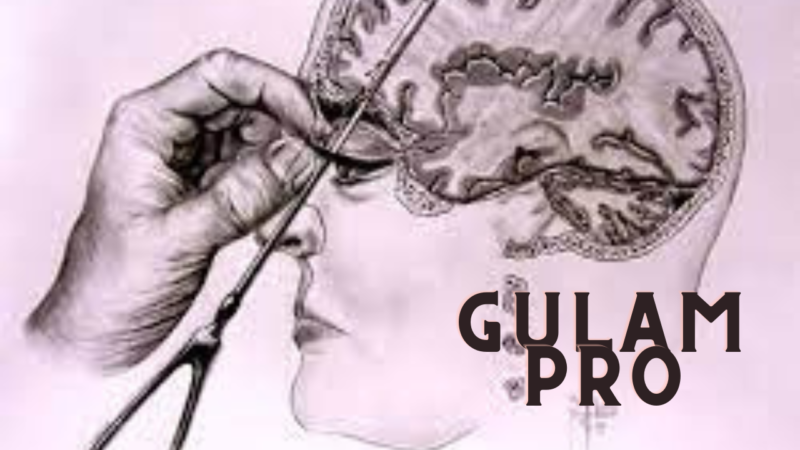Beyond the Pixel: Ladki ka Photo – An Exploration of Representation, Identity, and Empowerment

The term “ladki ka photo,” meaning “photo of a girl” in Hindi, carries a multifaceted weight in Indian society. It can evoke notions of beauty, innocence, vulnerability, and even objectification. But within this simple phrase lies a complex tapestry of narratives, cultural nuances, and evolving perspectives on femininity, representation, and self-expression.
From Family Albums to Social Media Stardom:
Traditionally, “ladki ka photo” adorned family albums, capturing treasured moments like birthdays, graduations, and weddings. These portraits often served as markers of milestones and cultural norms, depicting girls in idealized settings, clad in traditional attire and exuding a demure elegance.
With the advent of social media, however, the landscape of “ladki ka photo” has been irreversibly altered. Girls are no longer merely passive subjects of the camera; they are active participants in constructing their own identities and narratives through photographs. From selfies and fashion shoots to travelogues and artistic expressions, social media platforms have become canvases for young women to showcase their individuality, challenge stereotypes, and connect with broader communities.
The Power of Self-Representation:
This shift towards self-representation has empowered girls to break free from restrictive portrayals. They are reclaiming the lens, capturing themselves in their own terms, beyond the gaze of societal expectations. From showcasing their athletic prowess to highlighting their academic achievements, girls are using “ladki ka photo” to redefine beauty standards, celebrate diversity, and dismantle preconceived notions of femininity.
However, the online world poses its own challenges. Concerns about privacy, image manipulation, and cyberbullying are crucial considerations in the digital age. It is vital to advocate for safe online spaces and empower girls to navigate the complexities of self-representation responsibly and critically.
Beyond the Selfie: Storytelling Through Photography:
The power of “ladki ka photo” extends beyond selfies and personal branding. Young women are increasingly using photography as a tool for social commentary and advocacy. They are documenting the lives of their communities, shedding light on social issues, and amplifying marginalized voices. From highlighting gender inequality to raising awareness about environmental concerns, girls are using photographs as powerful instruments for change.
One such example is the work of 17-year-old photographer, Anushka Menon, who chronicles the lives of street children in Mumbai. Through her poignant photographs, she gives voice to their struggles and aspirations, challenging societal perceptions and sparking empathy.
From Traditional Portraits to Avant-Garde Expressions:
The realm of “ladki ka photo” is not limited to realistic portrayals. The rise of digital tools and artistic experimentation has opened doors for creative expression. Young women are pushing the boundaries of photography, exploring surrealism, abstract concepts, and experimental techniques. They are using photographs as canvases for self-discovery, challenging traditional aesthetics, and forging their own artistic identities.
This avant-garde approach is exemplified by the work of photographer and performance artist, Avani Agarwal. Through her self-portraits, she explores themes of identity, body image, and social constructs, weaving a captivating narrative through light, shadow, and unconventional poses.
The Evolving Landscape of Representation:
As India grapples with issues of diversity, inclusion, and representation, “ladki ka photo” holds significant potential. It serves as a platform for women of all backgrounds, ethnicities, and abilities to tell their stories, challenge dominant narratives, and create spaces for acceptance and celebration.
Initiatives like “Unshuttered,” a collective of female photographers promoting gender equality through workshops and exhibitions, are paving the way for a more inclusive landscape. By showcasing the work of diverse female photographers, they dismantle stereotypes and create opportunities for underrepresented voices to be heard.
Towards a Future of Empowerment:
In conclusion, “ladki ka photo” is more than just a picture; it is a potent symbol of transformation. It represents the changing role of women in Indian society, their growing agency, and their unwavering pursuit of self-expression. As girls continue to navigate the complexities of representation in a tech-driven world, let us remember that “ladki ka photo” is not merely a captured moment, but a powerful tool for empowerment, storytelling, and social change.
This article is just a starting point for a deeper exploration of the multifaceted world of “ladki ka photo.” I encourage you to delve deeper into the stories, challenges, and triumphs captured in these photographs, and to actively engage in conversations that promote inclusivity, respect, and female empowerment.






